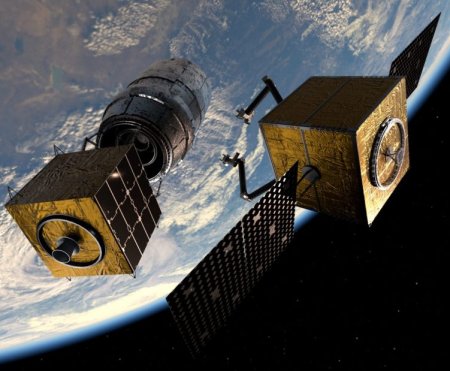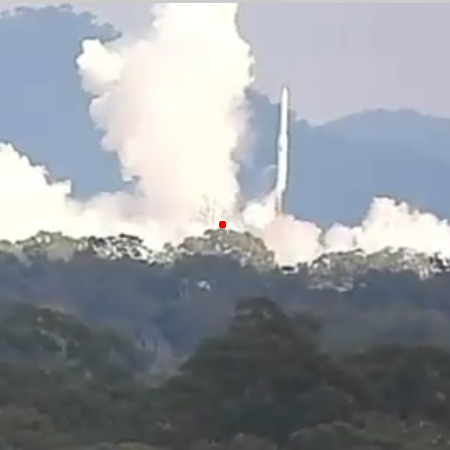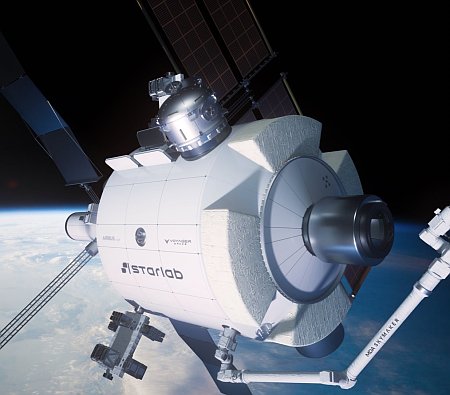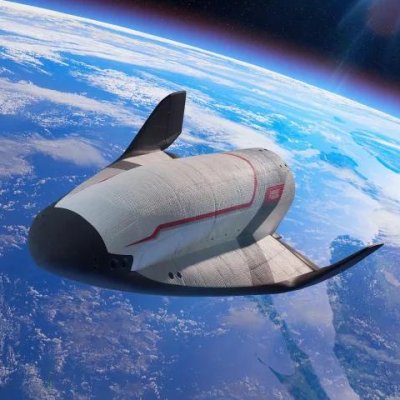Firefly’s stock sells at price higher than expected
Firefly began selling stock to the public today on the Nasdaq stock market, with the price per share immediately rising to $45 per share, above the expected range of $41-$43, suggesting it could raise as much as$868 million in investment capital.
The strong interest in the stock by investors suggests there is great confidence in the company’s future, following the successful landing of its Blue Ghost lunar lander earlier this year. It has won a total of four lander contracts from NASA. The company also has won both commercial and NASA contracts in connection with its Elytra orbital tug. It has had mixed results with its Alpha rocket, experiencing both launch failures as well as successes, but it is also developing a larger rocket in partnership with Northrop Grumman.
This enthusiasm is noteworthy in that the company is not yet in the black, though its revenues have been increasing.
For the quarter that ended in March, Firefly reported a net loss of about $60.1 million, widening from $52.8 million in the year-ago period. Revenue jumped sixfold to $55.9 million from $8.3 million. Its backlogged totaled about $1.1 billion.
Overall it appears Firefly’s future is solid, suggesting it will join SpaceX and Rocket Lab as a major new space player in the coming years.
Firefly began selling stock to the public today on the Nasdaq stock market, with the price per share immediately rising to $45 per share, above the expected range of $41-$43, suggesting it could raise as much as$868 million in investment capital.
The strong interest in the stock by investors suggests there is great confidence in the company’s future, following the successful landing of its Blue Ghost lunar lander earlier this year. It has won a total of four lander contracts from NASA. The company also has won both commercial and NASA contracts in connection with its Elytra orbital tug. It has had mixed results with its Alpha rocket, experiencing both launch failures as well as successes, but it is also developing a larger rocket in partnership with Northrop Grumman.
This enthusiasm is noteworthy in that the company is not yet in the black, though its revenues have been increasing.
For the quarter that ended in March, Firefly reported a net loss of about $60.1 million, widening from $52.8 million in the year-ago period. Revenue jumped sixfold to $55.9 million from $8.3 million. Its backlogged totaled about $1.1 billion.
Overall it appears Firefly’s future is solid, suggesting it will join SpaceX and Rocket Lab as a major new space player in the coming years.








